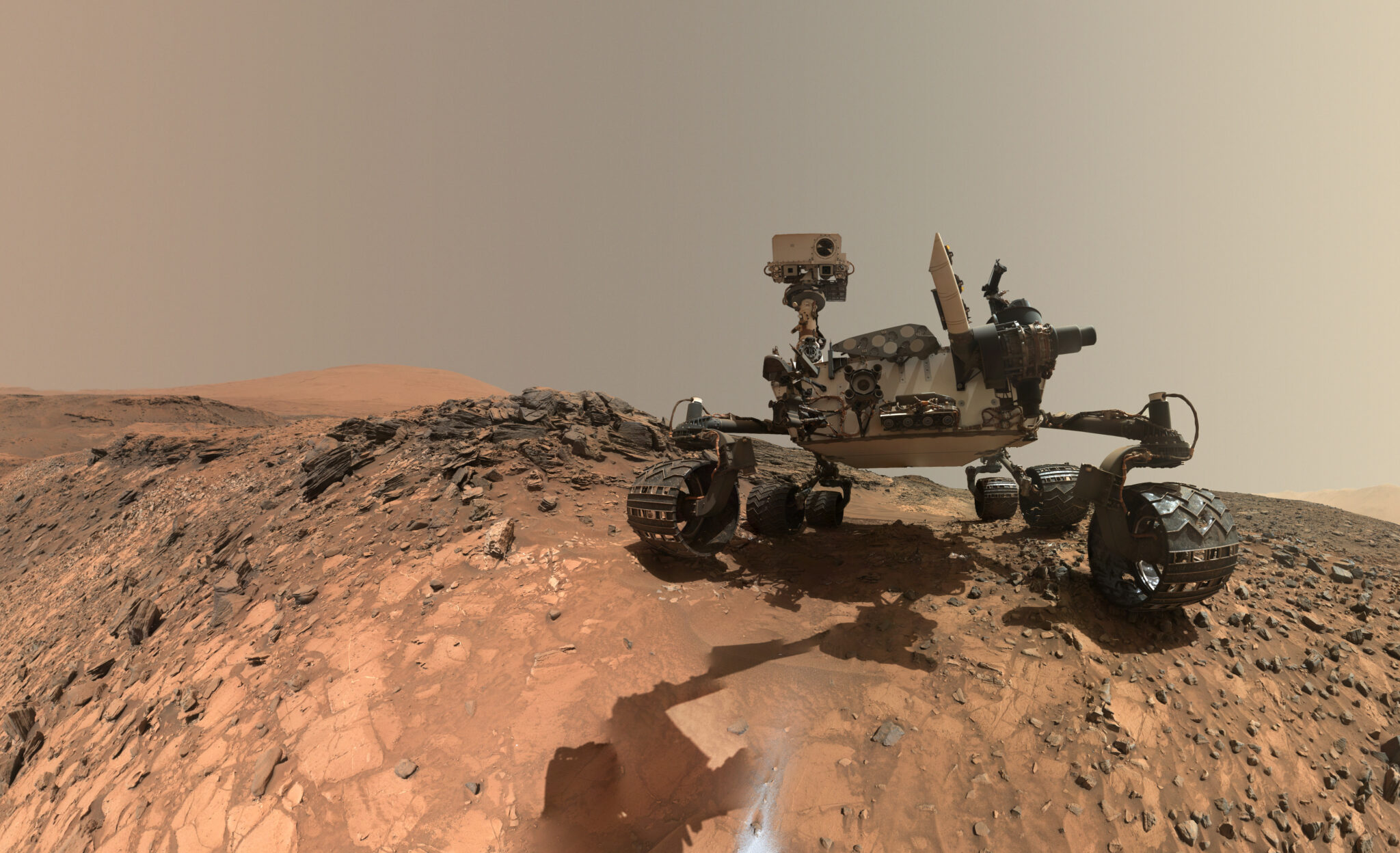NASA’s Perseverance rover’s unique set of instruments helps scientists better understand why Mars is so dusty. It seems that wind gusts and dust vortices are the main culprits. Atmospheric researcher Claire Newman from Aeolis Research of the Perseverance scientific group, published in Science Advances the results of his work on the study of the Red Planet. The article discusses the discoveries of the rover in the Jezero crater and how wind gusts and vortices lift dust and sand from the surface of Mars into the air.

Dust Devils
Perseverance detected dust devils using its cameras, but the research team also used data from the probe’s microphones and its weather analyzer to study dust in the Martian environment. The MEDA device monitors humidity, radiation, dust, wind and air temperature, giving a complete picture of the weather in the crater and what happens when a dust devil passes by the rover.
The rover shows that Jezero is one of the most active areas for vortices ever captured on Mars. Perseverance also observed strong gusts of wind blowing dust high into the sky.
“One of these phenomena covered an area 10 times larger than the largest known dust vortex. This suggests that dust vortices and wind gusts can raise the same amount of dust in the absence of a storm,” the study says.
Mysteries of Mars
Mars still holds some mystery when it comes to dust and wind. InSight’s solar panels are covered with so much dust that the device is unlikely to be able to “survive” until the end of this year. But during its mission, the lander did not see such strong dust vortices that Perseverance detected in Jezero. NASA hoped that a strong hurricane would be able to clear the InSight panels, but this did not happen.
Dust on Mars remains a problem for solar-powered research robots. A global dust storm led to the end of the NASA Opportunity rover mission, and China’s Zhurong went into hibernation this month due to dusty conditions.
Perseverance data contributes to understanding how winds act on Mars and what conditions contribute to the rise of dust. The research team is calling for further observations and studies that will shed light on why Jezero is the hottest spot for dusty winds.
Recall that earlier scientists heard a variety of sounds of the Martian wind.
Follow us on Twitter to get the most interesting space news in time
https://twitter.com/ust_magazine

